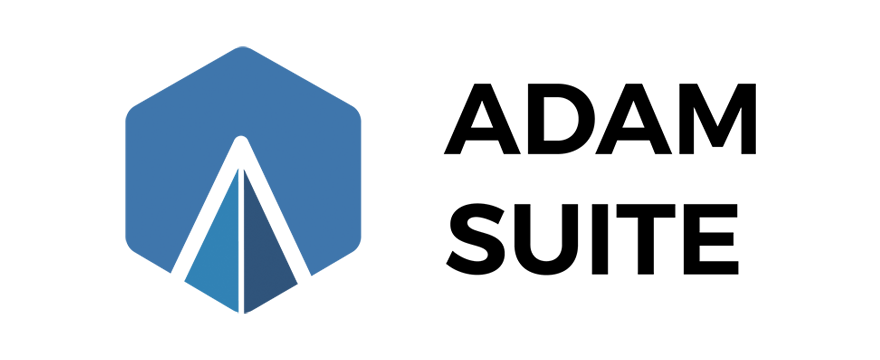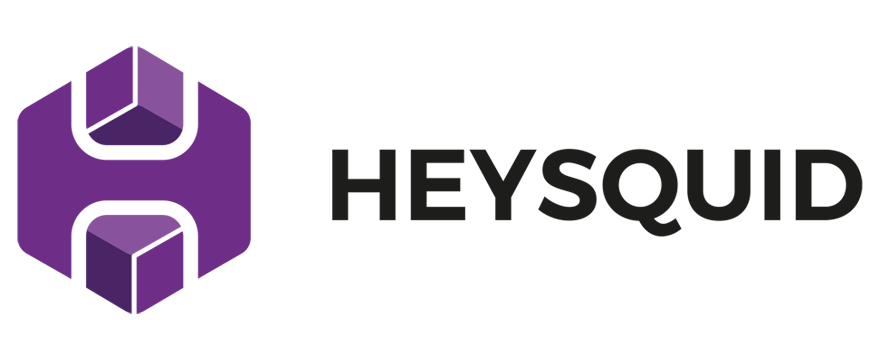3D digital models exploitation
The benefits of 3D in technical documentation
Improved system comprehension.
Understanding an assembly/disassembly activity from an animated 3D view is always far easier than attempting to figure out the steps of a complex method shown in a few static drawings. The ability to pause, zoom, revolve parts, and hide/show objects helps you understand what needs to be done. Who hasn’t had trouble putting together a piece of furniture that came in a kit? We frequently find ourselves staring at the assembly instructions, unsure of how to connect the board B2 to the piece of iron F3. So, mechanically, we try to spin the sheet to find the correct point of view, we try to remember the components and tool references, and so on.Everything would be lot clearer if you had the 3D model in front of you!
New service and improved documentation
Documentation can also benefit from 3D technology. A system’s documentation must reflect the organization that created it. Providing advanced, modern, innovative documentation, beyond the classic paper manual, is also a way to enhance the product and the company’s brand image.
3D also opens the door to additional advancements, such as augmented and virtual reality. It is also conceivable to consider employing 3D to provide new services to clients.
Reuse for better quality
To illustrate in 2D a system developed in 3D by CAD software is to risk losing information during the data transformation process.
Why redraw with marks data that exists directly in 3D?
Most of the information needed for after-sales maintenance exists in the design office data and just needs to be extracted at the source.
Digital continuity from design to production through operations significantly decreases the chance of document deliverable errors.

Shorter review cycle
The huge advantage of working directly on the technical office data is that you can document a system while it is still being designed.
Indeed, there is no need to wait for the package to be validated before starting the writing tasks.
This saves a lot of time and reduces the period needed to make the documentation available.
If the creation is faster, so are the updates.
When a new 3D model is available, the 3D animation can be updated automatically.
Classic 2D production process versus Integrated 3D process
Process WITHOUT 3D
In the classic process, there are 3 actors:
- The preparer: he/she collects the data from the design office, photos, drawings, 3D data, and any usable information to initiate the drafting. As a general rule, this person works on the manufacturer’s site or is directly attached to the design office teams.
- The author: He/she is in charge of creating the documentary content. He/she knows the standard (S1000D) or the writing rules and writes the descriptions and the technical procedures. In order to illustrate the steps, he/she prepares layouts so that the illustrator can create the graphics that will be associated with the texts. Most of the time, the author is in a subcontracting company of the manufacturer. Often in the same geographical area so that he/she can validate and test the procedure directly on the system when it is up and running.
- The illustrator: he/she creates the drawings from the specifications and the author’s models, often in CGM format, which is very common in the industry. This step requires close collaboration with the author because several versions of illustrations exist before determining the final versions. The Illustrator is often located in low cost countries for economic reasons.
Three actors who are organizationally and culturally different leads to a risk of human error during their discussions.
The process takes time and is not secure in terms of information quality.
Process WITH 3D
The process based on 3D digital continuity tools involves one and only one person.
The operator can both extract the content from the digital model and start the publishing in 3D.
Each step in the disassembly animation automatically creates a step in the documented procedure.
Each step in the documented procedure is thus directly illustrated in 3D by the animation.
For printing purposes, the operator can, at the animation step he/she chooses, generate a 2D illustration from a capture directly from the animation tool.
It is this process, which is implemented by ADAM AUTHOR 3D, developed by 4D CONCEPT.
ADAM AUTHOR 3D connects a product with access to the digital model to our technical authoring software, allowing you to create text and graphics at the same time in an optimized and rapid procedure.
Preconceived ideas about 3D
3D is heavy!
For example, the 3D digital model of a car certainly pulls its weight in terms of triangles and other polygons, that’s for sure. It is unthinkable to have to load the complete model of the vehicle in all its detail in order to visualize and understand how to change a indicator signal light.
For documentation purposes, it is possible to reduce the quality of 3D models, to remove details, to simplify the data in order to display only what is needed to understand what needs to be done.
We have possessed this expertise for many years. Please do not hesitate to contact us!
3D is incomplete
3D as part of Integrated Logistics Support
The digital model does not contain all the 3D parts of a real object.
Some parts are simply not 3D modelled because only the elements required for manufacturing are present.
The digital model occasionally lacks pieces or batches of parts essential for maintenance procedures. This information can also be obtained from other information systems and is included in the Integrated Logistic Support.
We accompany you throughout the process of implementing digital continuity by proposing solutions adapted to your documentary needs.
The 3D format is proprietary
The solution is out there
Unfortunately, there are very few open formats for 3D files.
Nonetheless, there are converters that allow geometric data to be extracted from one side, and the metadata is frequently usable in another way.
The content that illustrates a document doesn’t have to be perfect; it has to provide a rendering that allows the system to be understood and maintained.
The 3D model is confidential
We protect your assets
Some manufacturers are afraid to take their 3D data out of their database for fear of having their manufacturing secrets stolen, for example.
4D Concept protects copyrights as well as confidentiality because we rework the 3D data under the control of our customers in order to keep only the external shapes and information needed solely for documentary purposes.
3D is not compatible with the web.
WebGL in the future?
While 3D has become indispensable in the realm of industry, it is still in its infancy in everyday life. As a result, technologies that allow you to view a 3D object in a web browser are struggling to gain traction.
WebGL (Web Graphics Library) is a JavaScript development interface that enables the display of dynamic 3D without the use of a plug-in from the 3D creation software editor.
4D Concept’s 3D innovation
4D Concept has created an interactive catalog based on WebGL that is dedicated to XML technologies and their openness.
We provide a novel method for creating a 3D illustrated catalog that can be viewed in a conventional web browser (Edge, Chrome, Firefox).
This functionality is available as an option in both ADAM Viewer and DITA Viewer. Check them out!
For further information
Discover our range of products

DOCUMENT WORKSHOP
Your editorial solution for producing technical documentation to ASD S-series and AIA ATA standards

HYBRID CONTENT MANAGEMENT
Enterprise Content Management and Electronic Document Management System for all digital formats

